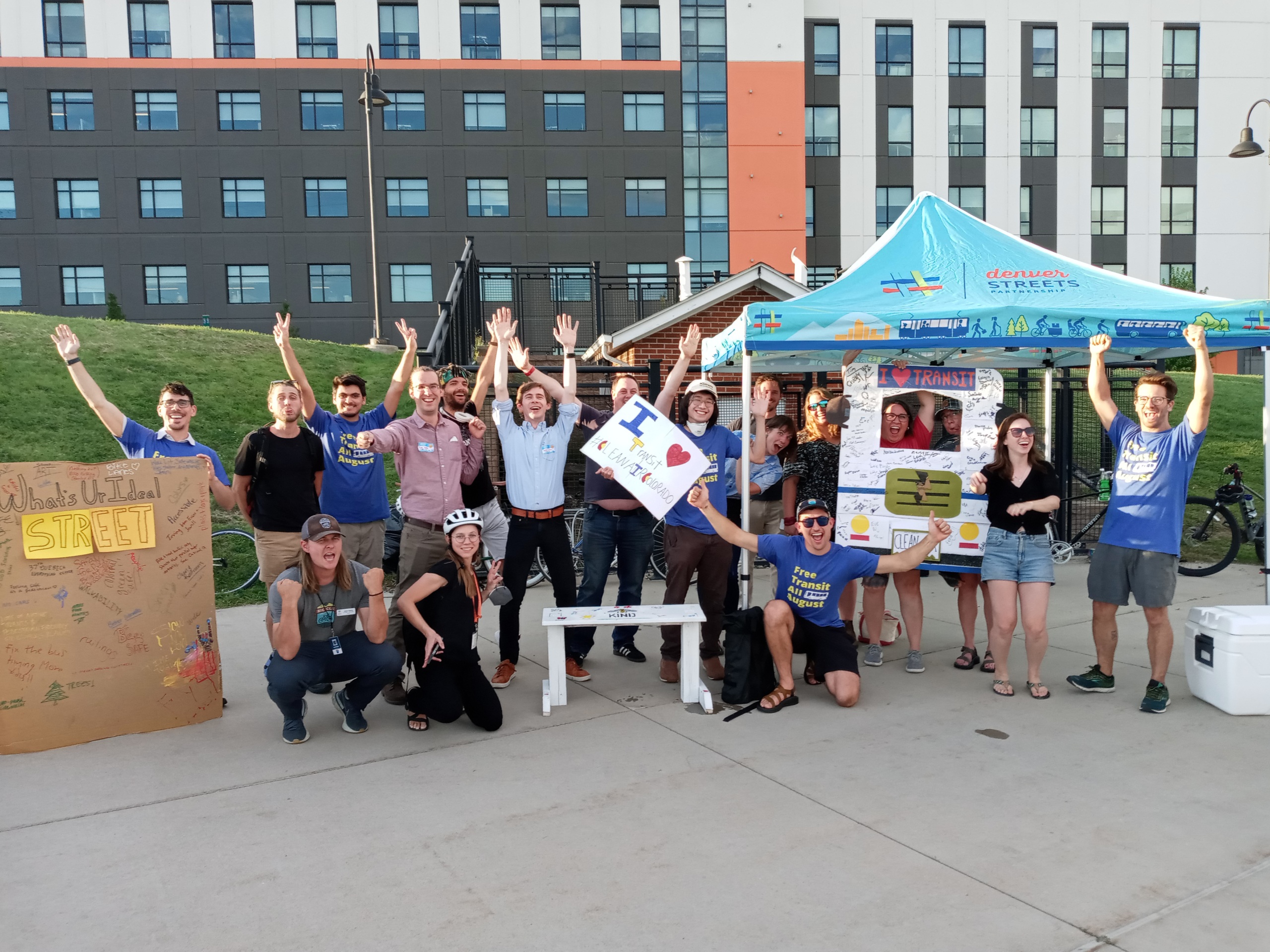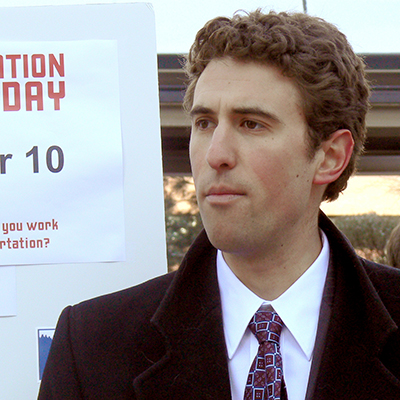
I-25 Central through Denver offers the perfect chance to expand options and put Colorado on a better transportation path
The Colorado Department of Transportation (CDOT) and local leaders are weighing the future of I-25 Central from about Santa Fe through Speer Blvd in Denver. It’s critical they avoid the temptation to widen the highway, recruiting even more cars through this unreliable, polluted, traffic-choked stretch. Instead, this is the perfect project, place and moment to expand travel options so more people can complete more trips without needing to drive.
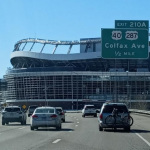
It’s one line in the Colorado Department of Transportation’s (CDOT) Project Pipeline, which is a list of proposed projects in the state’s current 10-year plan.
“I-25 Valley Highway – Phases 3 and 4.”
The total project cost listed is “TBD” indicating it’s not too late to shape what we do, or don’t do, along this stretch of I-25.
What Colorado’s transportation decision makers choose to do along this corridor will go a long way in determining whether we finally break free from an unbalanced, mostly car-only system that fuels dirty air days, climate change, and hundreds of unnecessary crashes and deaths each year.
This stretch of I-25 offers one of the best places to give the region real travel options that move people quickly and safely without the tailpipe pollution.
But we have to think outside the box, and outside the footprint of I-25, because all those cars start from and end at places well-beyond the guardrails that border this stretch of interstate.
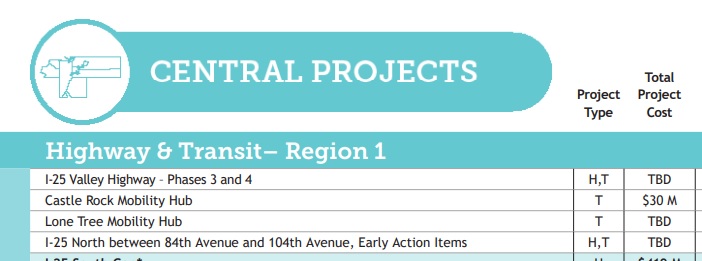
I-25 from Santa Fe to 20th Street
In its Planning and Environmental Linkage (PEL) document, CDOT describes the I-25 Valley Highway or I-25 Central boundaries as Santa Fe/US 85 in the south to 20th Street in the north.
This stretch of I-25 cuts through the heart of Denver. It connects the whole region (and state) to downtown, our major sports stadiums, the Aquarium, Elitch Gardens, museums, parks, and the hundreds of businesses and tens of thousands of people that live, work and play along it.
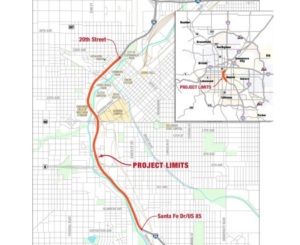
I-25 Central’s study limits from the April 2020 PEL Photo by CDOT | Public Domain
It is also the main, and really only major, high-speed road that runs north/south in the area.
And if you’ve driven this stretch of I-25, you know it’s not reliable nor safe.
It’s not just the predictable traffic that is so bad on this part of I-25 – the kind you expect at 8am or 5pm on a work day.
I find the weekend congestion the most infuriating. Like 3pm on a Saturday, when I often ask myself “who are all these people and why are they driving now” (as I sit behind my wheel adding another car to the cacophony of traffic).
There’s also the “9pm-there’s-no-way-there-would-be-traffic-oh-no-I-forgot-about-the-game” delays.
Then there’s the crashes. According to CDOT’s PEL, there is a major event or incident like a crash that requires a full or partial closure once every three to four days. Yikes.
Imagine if there were better transit and other options along this stretch – not just commuting options in those 8am and 5pm times but late into the night and on the weekends. But I’m getting ahead of myself.
Poor Design, Structurally Deficient, Major Growth = Bad Recipe
By any measure, this section of I-25 is not working. According to CDOT’s PEL:
- In 2017, it carried 250,000 vehicles per day (vpd), nearly twice as many as what it was designed for (150,000 vpd).
- It has three bridges that are structurally obsolete and the ramps and roadway designs increase the likelihood of crashes (my experience = short on-ramps, quick mergers into lanes with trucks going 60 mph…and the car in front of me is slowing down to merge off).
- It is not designed for the fundamental change the region has experienced like new major sports and cultural centers like Meow Wolf, huge growth in housing right up against the road, and the reclamation of greenspaces along the South Platte River.
From a functional perspective, the corridor design is failing to meet the evolving space, there are structurally deficient bridges and vehicle growth means we are way beyond what the interstate was designed to handle.
The interstate is also polluting the community it slices through.
We know interstate pollution impacts the people living near the highways more than anyone else. According to a Denver Post report in 2019, the two neighborhoods bordering I-25 Central on the west, Valverde and Sun Valley, have the highest rates of asthma in Denver, 254% and 253% higher than the state average respectively.
Something needs to be done. And that something should not be adding new car capacity to this stretch of I-25 recruiting more cars to the road.
The Last Thing We Need Is More Cars
As one of the fastest growing states in the country, Colorado’s current transportation system is under a lot of pressure. But the last thing we need is more cars.
We don’t need more tailpipes spewing more pollution into our polluted air.
We don’t need more cars competing for limited space and parking in downtowns, main streets, or our favorite recreation areas (or worse yet, forcing communities to build expensive parking structures that undermine the character and take away space from the things that really build our quality of life like outdoor dining and breweries).
We don’t need more vehicles speeding through our neighborhood streets where our kids play.
Unfortunately, for decades, our main transportation strategy has been to widen highways so that we can fit more cars there.
There is a lot of research (and local experience) that shows highway expansion results in only 5-10 years of congestion relief, if that.
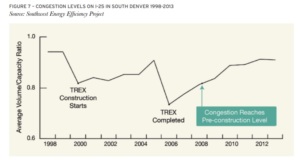
Traffic levels on I-25 before and after the TREX projectPhoto by SWEEP | TPIN
As RMI pointed out in a recent blog entitled If You Build It, the Cars (and Pollution) Will Come, “On balance, the congestion benefits of road expansions ultimately cancel out because travel demand increases proportional to the new capacity—drivers respond to the newly open road space by engaging in more frequent and longer trips.”
Since highways don’t operate in a vacuum, more cars, driving more and/or longer trips adds additional pressure and congestion to the rest of our roads from highways to our neighborhood streets.
Besides failing to solve congestion, the main problem it’s supposed to solve, road expansion and the thousands of additional cars it attracts result in more air pollution that fuels ozone days and climate change.
Oh yeah, and it’s really expensive, costing hundreds of millions to billions for a few miles of work.
We can use our limited dollars better by giving people real transportation options.
I-25 is the perfect project, in the perfect place to do exactly that.
Rail Options along I-25
The I-25 corridor is chocked full of ways to move more people without having to move more cars.
Let’s start with trains.
The Denver region has three major rail corridors that connect downtown Denver to Littleton, Lone Tree and points along I-225. Combined, the ridership on the five routes that use these tracks was over 20 million in 2019.
Unfortunately, there is a major choke point along these rail lines. From the south, the five lines (C, D, E, F, H) all converge at the I-25 and Broadway Station and compete for 2-3 tracks until they get to Colfax.
This caps how many trains and routes we can run here, which means trains to areas like Lone Tree and Littleton run less frequently and are more likely to be full. If missing a train (or being unable to squeeze on because it is too full) means a 15-45 minute wait for the next one, people are less likely to use it.
In addition to the capacity issues, the design forces trains to slow down at Colfax to make pretty abrupt turns (right toward the Convention Center, left toward Elitch Gardens, Ball Arena, and Union Station).
The turns are sharp enough you can hear the screeching of the train wheels on the tracks as the train cars lean into them.
As we look at the I-25 corridor and our transportation needs our first priority should be to add new tracks through this section to relieve the bottleneck and re-design the tracks around Colfax so trains can have a straighter, faster route into downtown, recruiting more people to ride rail.
The good news is CDOT purchased a critical piece of property, Burnham Yard, which runs right along this area. The new land should be prioritized for passenger rail expansion and design improvements.
The expansion of rail capacity along I-25 is as much about the shorter intercity and medium-range regional trips as it is about a longer statewide rail network.
Colorado is currently studying Front Range Passenger Rail, which would connect Denver with Colorado Springs and Pueblo.
While the final decisions around technology and routes are years in the future, it seems a distinct possibility that trains coming up from Colorado Springs would either connect passengers to the RTD rail lines or use the RTD rail lines all the way to downtown Denver.
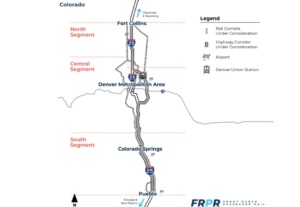
Study area for Front Range Passenger RailPhoto by FRPR | Public Domain
Focusing dollars on relieving the rail choke points and redesigning the area for safe, fast trains, would allow people who currently drive cars from Castle Rock, Colorado Springs, and Pueblo, and contribute to the pressure and congestion on the I-25 Central corridor, to hop on the Front Range Passenger Rail/RTD trains instead.
Bus Options along I-25
I-25 is bordered by a number of major urban arterials that are positioned well to offer fast, frequent, reliable, bus-rapid transit (BRT) to a lot of people, enabling them to skip the drive on I-25.
This map of transit capital investment in the Denver Moves Transit plan, lays out a great vision just in the City and County of Denver. But many of these roads are critical connectors into the neighboring cities and counties, so this transit plan can be a foundation for the region.
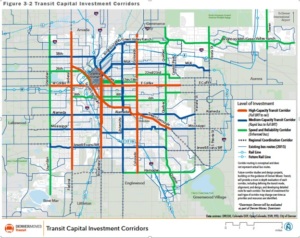
Denver Moves Transit mapPhoto by DOTI | Public Domain
Let’s look at a few of them.
Federal Boulevard is already home to one of RTD’s two most utilized bus routes that serves approximately 26% of the residents of Denver and cultural gems like the Little Saigon neighborhood.
The key to a cleaner, healthier future in the region is significantly upgrading Federal’s transit options – that means adding fast, frequent, reliable buses that come every 5-10 minutes so people can spend less time driving and more time living.
Reliability and speed depend on having dedicated lanes.
Without dedicated lanes, a key piece of bus-rapid transit, the bus is stuck in congestion and is slow and unreliable. Unreliable means people avoid transit for a car. That brings more cars and more congestion. The cycle repeats.
Federal Boulevard is a state highway so any new bus lanes require the active support of CDOT.
Significantly better transit on Federal is not just a benefit for people along Federal – it is an important solution for I-25.
An incredible transit option so close to I-25, and taking people to the places that they are trying to access when they drive I-25, should be a top priority for the I-25 Central strategy.
But wait…there’s more.
Broadway and Lincoln are also listed in Denver Moves Transit as a high-capacity transit corridor. Those roads run right into the heart of downtown Denver and pass along Santa Fe in the south.
The city and transit leaders have put a pinky toe in the transit water along these two streets with some dedicated bus space. But add in high frequency service, good bus shelters, and the first and last mile connections (like sidewalks, bike lanes, and car and bikeshare services), and you can recruit a lot more people to ride and leave the car at home.
Colorado is another high-capacity transit corridor, which is also a state highway and needs CDOT involvement. While it is miles east of the I-25 Central stretch, Colorado runs right into I-25 when the interstate makes its big turn down south by the University of Denver.
Colorado offers another point to reduce the pressure on I-25. If there were great transit service and dedicated lanes along Colorado Boulevard, this corridor becomes a real transit option for a lot of places including the Denver Zoo, Museum of Nature and Science, and Cherry Creek’s shopping and parks.
Sheridan and Wadsworth offer yet even more transit corridors that can reshape the area and add to the options above.
I live between Federal and Sheridan Blvds in northwest Denver. But to go south or southwest from my house to places in Lakewood, it is usually 2x-3x quicker to drive down I-25 and connect to Highway 6 then it is to try a transit route.
So even though Sherican and Wadsworth (also state highways, which need CDOT’s support) are over a mile away from I-25 Central, their ability to move people without needing a car for every trip should be part of the I-25 solution.
Colfax Boulevard is another I-25 solution. While it runs perpendicular to I-25, it offers a critical east/west connection that can add value to riders and potential riders of the north/south routes.
Fast, frequent bus service on Colfax (as well as the other east/west high transit capacity route along Speer/Leetsdale) connecting to fast, frequent bus service on Federal, Broadway, Lincoln, Colorado, Sheridan, and Wadsworth, creates a regional network of options and a larger area accessed conveniently by transit.
For every one of these great transit corridors, we also need to add in sidewalks, safety improvements and bike infrastructure so people can access the bus stops and the final destinations.
Federal is a good example. It is a classic “main street,” with businesses on nearly every block. Unfortunately, the street has been designed to move cars through at the expense of other basic infrastructure like sidewalks and safe ways to cross the street.
If people feel uncomfortable accessing businesses by foot, bike or getting to the transit stop for a bus ride, a lot more of them will drive, even if the trip is less than a mile.
Our major transit corridors need a complete makeover, turning them into the thriving main streets they should be, where people feel comfortable walking, rolling and living their lives at outdoor coffee shops or the parks that line the road.
The ability to walk and roll fuels the ability to ride transit and increases the likelihood more people can and will use the new fast, frequent, reliable service.
CDOT, in partnership with many local governments, has a great nation-leading Main Streets makeover program already happening – we just need to invest more to get to every main street.
Combining a great regional bus network on these major roads with a great Main Streets program that CDOT launched to ensure the state highways that also act as our region’s main streets are safe and people-friendly when you get on and off the bus, opens up a whole world of non-driving options around I-25 Central.
Biking and Walking Options
At first, it may seem strange to think walking and biking are strategies to reduce pressure on an interstate. But they are.
Running along I-25 Central and the South Platte River is the South Platte River Trail.
This may not seem like an alternative to vehicles traveling 65 mph and carrying people dozens of miles. But it is.
Again, where I live in northwest Denver, I have two neighbors who I recently learned bike to work in two different places down by C-470 in the south, over 10 miles away.
The ability for people to commute via bike 10 miles or farther is only growing with the rise of electric bikes.
To allow more people to hop on their bike for longer distance trips, we need to have dedicated, safe trails.
The South Platte River Trail is a dedicated trail. While not perfect (there’s one point where you can almost high-five passing vehicles), it provides a safe path for people of many different skill sets and comfort levels.
Unfortunately, connecting between the South Platte River Trail and the surrounding neighborhoods is not always safe and easy. In many places, there are no signs or directions.
Traveling a block or two away from the South Platte River Trail can leave people trying to navigate city streets with little to no bike infrastructure.
The South Platte River Trail provides the backbone for a bike network that could run the entire length of I-25 Central but we need the network piece including bike lanes that connect to/from the Trail, signage and wayfinding, lighting, and the maintenance that ensures the pavement is cleared of snow and stays smooth (you think hitting a pothole in your car is annoying, try hitting one on a bike).
In addition, we can increase the number of people who can access and use the South Platte River Trail with their bike by adding new pedestrian and bike bridges on cross streets like W. Virginia Ave and Bayaud Ave.
This bike network will not only allow the longer trips along the South Platte River Trail but will provide local bike connections to the businesses, park, and schools off Federal, Colfax, and the streets in between.
The last piece of the puzzle is our own two feet.
Ideally, everyone has the ability to complete a few trips every day with their own two feet, whether it’s grabbing coffee, taking the kids out to eat or grab ice cream, returning a book or grabbing some milk.
But you can’t walk places if there is no place to walk to.
As I mentioned earlier, the area around I-25 has evolved with new residents and businesses popping up along the corridor. The area between 20th Street and Speer Blvd is a great example of the kind of growth we have seen.
But there’s a lot more development coming. Both Elitch Gardens and the area around Mile High Stadium are due for some huge changes.
We have to ensure that those developments have a mixture of residential and commercial spaces so people can complete trips with their feet.
How and where we build housing and commercial space is one of the most overlooked strategies for dealing with the problems we’re seeing along I-25 Central.
A recent DRCOG report found that how we use our land, and ensuring we are building residential areas in ways that have easy, short walkable and bikeable connections to stuff, can bring huge benefits.
For example, DRCOG’s Scenario Planning Technical Memo, as part of 2050 Metro Vision, found that a scenario where development was done around key centers and corridors, would result in twice as many walking and biking trips.
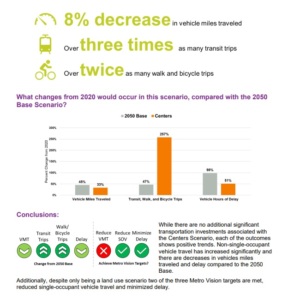
Centers scenario in DRCOG’s 2050 Metro Vision Regional Transportation PlanPhoto by DRCOG | Public Domain
Given the planned and future development in the I-25 Central surrounding areas, this is yet another tool we have to reduce the cars and pressure on this congested vehicle corridor.
Adding it all up
While the cost of I-25 Central in CDOT’s 10-year plan says “TBD”, we have another cost estimate. In the PEL, it estimates a cost as high as $1.5 billion if new managed lanes are added.
The scale of that investment seems reasonable for a transportation corridor that is at the heart of Denver, the region and the state. But we can’t waste it on infrastructure that just adds cars, increasing congestion and pollution and failing to address safety issues.
Taking a step back and looking at the broader area that I-25 cuts through, there is a clear blueprint for what we should do:
Relieve the rail choke point between Broadway and Colfax:
- Allow for more frequent, faster trains along five RTD routes
- Support the eventual launch of Front Range Passenger Rail to Colorado Springs and Pueblo
Build out bus-rapid transit on our major arterials:
- Federal, Colfax, Speer/Leetsdale, and Broadway/Lincoln run through/along the heart of the I-25 Central corridor
- Wadsworth, Sheridan, and Colorado increase the reach and impact by building a network and expanding the convenience of every route
Build out the bike network:
- Maintain and improve the South Platte River Trail as the backbone
- Add bike overpasses to increase access and connectivity in the area
- Add a network of protected bike lanes, signage, and safety measures to help people access the South Platte River Trail
Ensure people have places they can walk to:
- Developments in places like Elitch Gardens and Mile High Stadium need to bring together residential and commercial spaces so people don’t need to drive everywhere
- Every major street should get a Main Street upgrade so they are safe and people-friendly
Fix and maintain what we got:
- Replace the bridges and ensure the new ones have dedicated, protected space for pedestrians and bicyclists to cross I-25 safely and easily
- Do the necessary repaving work to keep the road in good condition
- Add additional safety features along shoulders and around entrance and exit ramps that makes the road safer without increasing car capacity and undermining safety efforts by inducing more driving
With a wealth of ways to give people options to complete some trips without a car, I-25 is the perfect project in the perfect location to put us on a better transportation path.
With the pressure on I-25 coming to a head, now is the time to seize the moment.
We can have a cleaner, more connected, more people-friendly corridor and region but we have to prioritize giving people travel options.
Topics
Authors
Danny Katz
Executive Director, CoPIRG
Danny has been the director of CoPIRG for over a decade. Danny co-authored a groundbreaking report on the state’s transit, walking and biking needs and is a co-author of the annual “State of Recycling” report. He also helped write a 2016 Denver initiative to create a public matching campaign finance program and led the early effort to eliminate predatory payday loans in Colorado. Danny serves on the Colorado Department of Transportation's (CDOT) Efficiency and Accountability Committee, CDOT's Transit and Rail Advisory Committee, RTD's Reimagine Advisory Committee, the Denver Moves Everyone Think Tank, and the I-70 Collaborative Effort. Danny lobbies federal, state and local elected officials on transportation electrification, multimodal transportation, zero waste, consumer protection and public health issues. He appears frequently in local media outlets and is active in a number of coalitions. He resides in Denver with his family, where he enjoys biking and skiing, the neighborhood food scene and raising chickens.
Find Out More
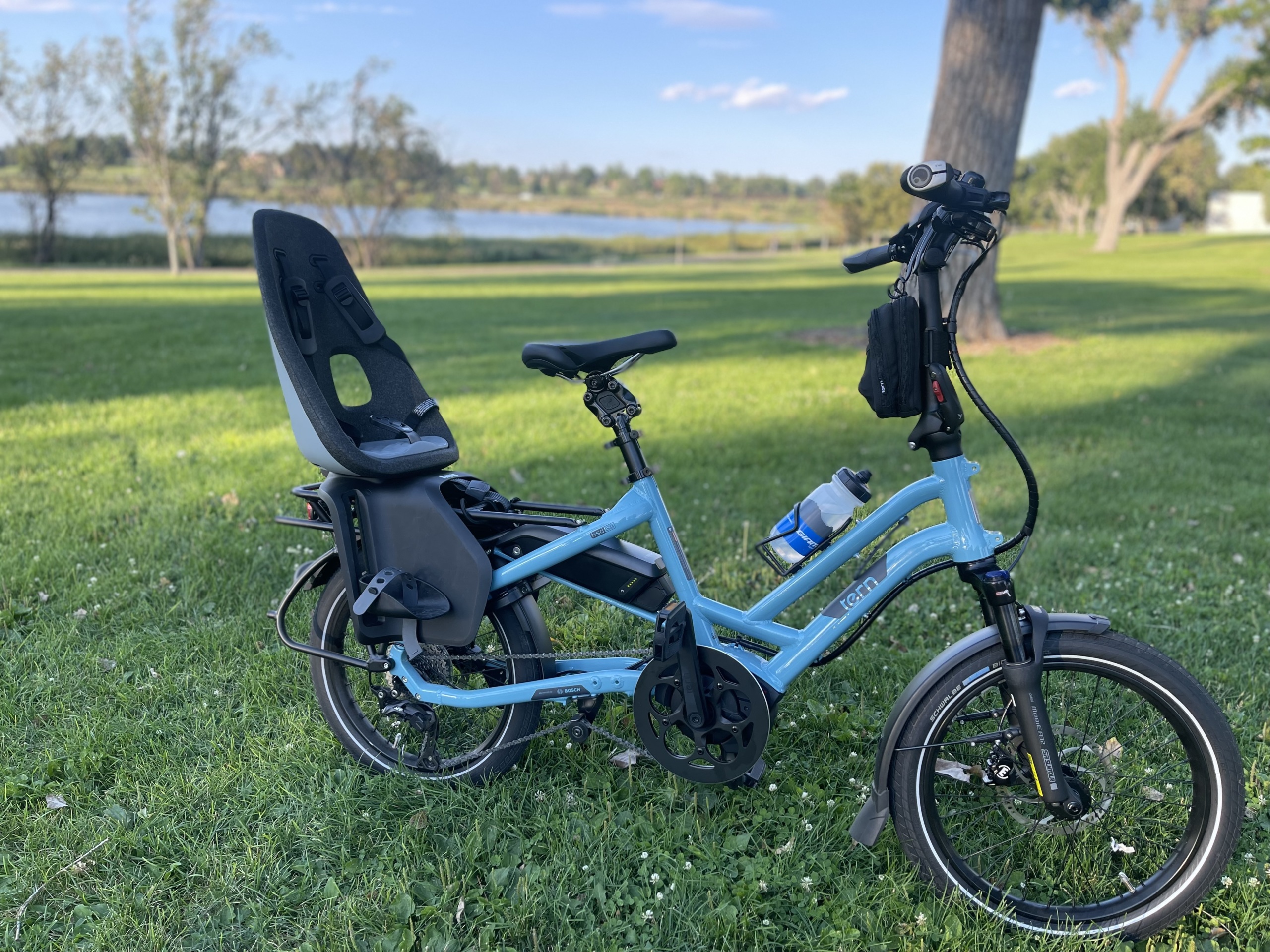
How to get the Colorado state e-bike tax credit
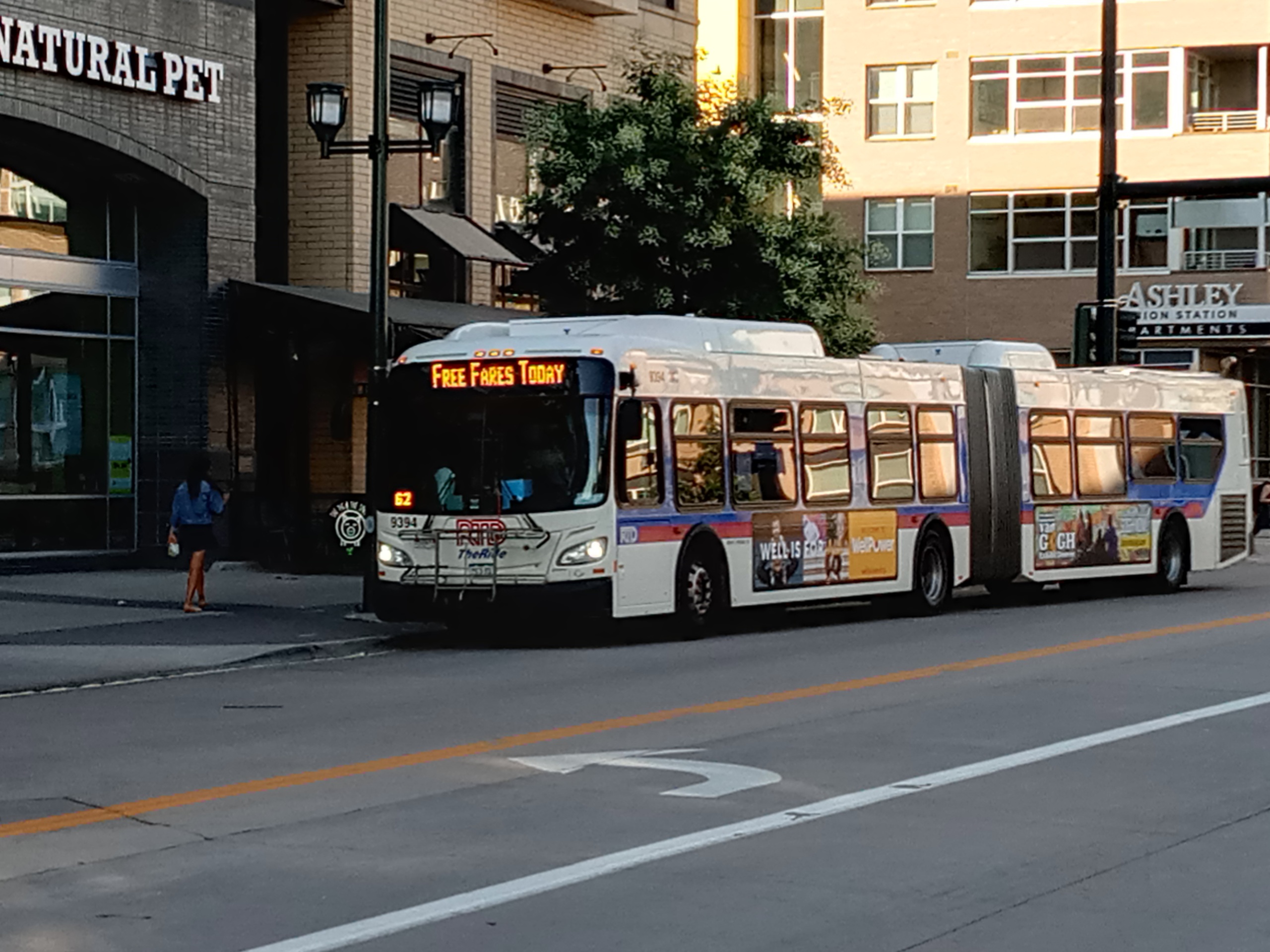
Every bus, every train will be free to ride in the Denver area July and August
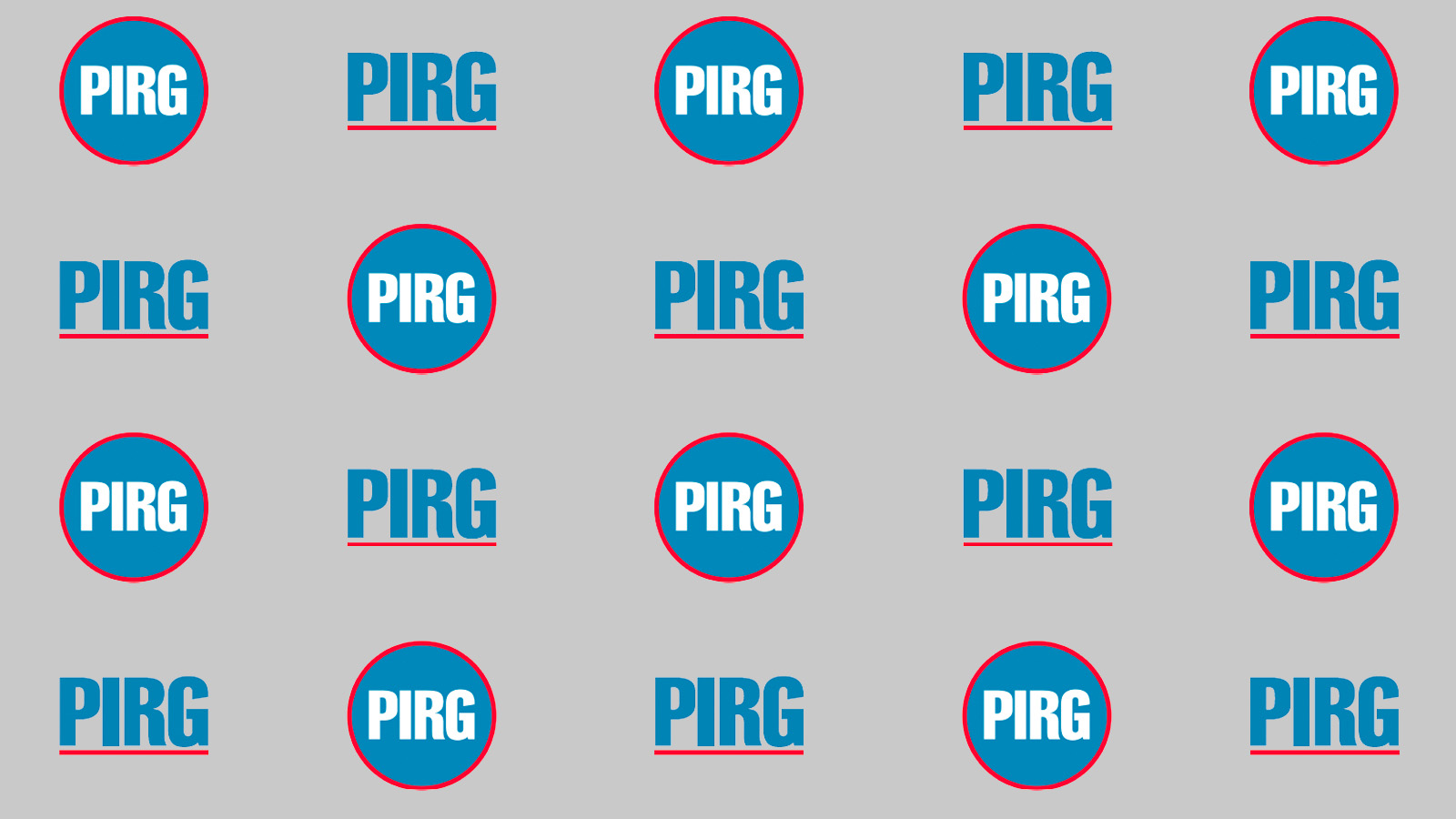
Denver should close the gap in its 2030 fast, frequent bus plan through Central Denver
